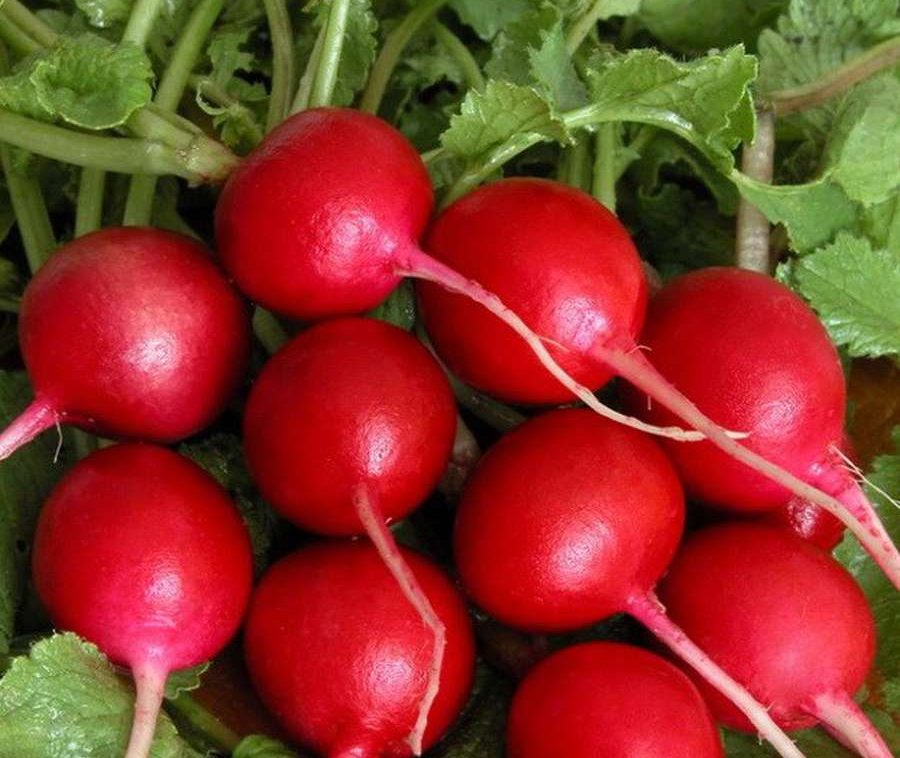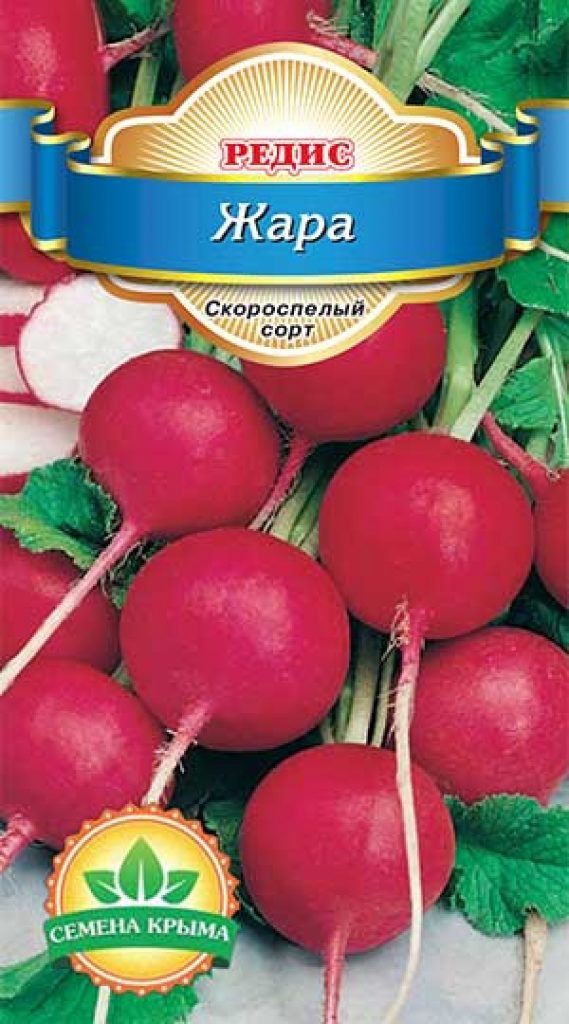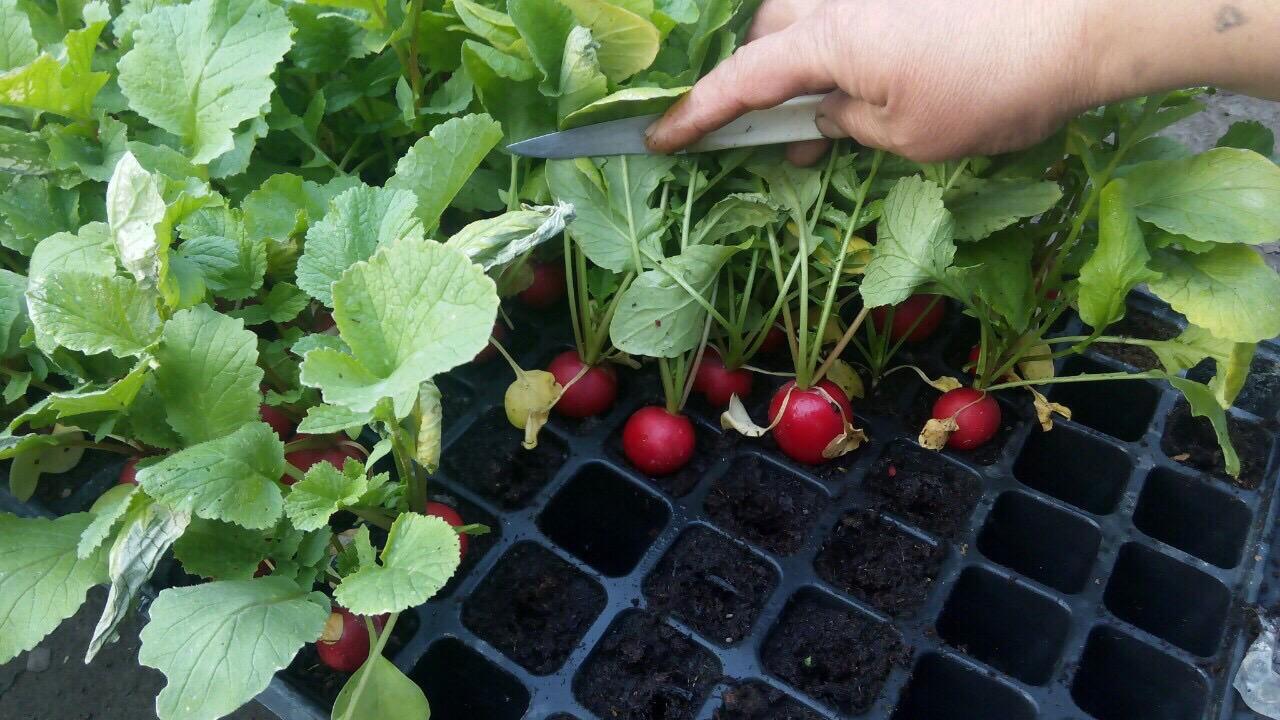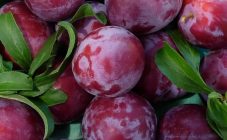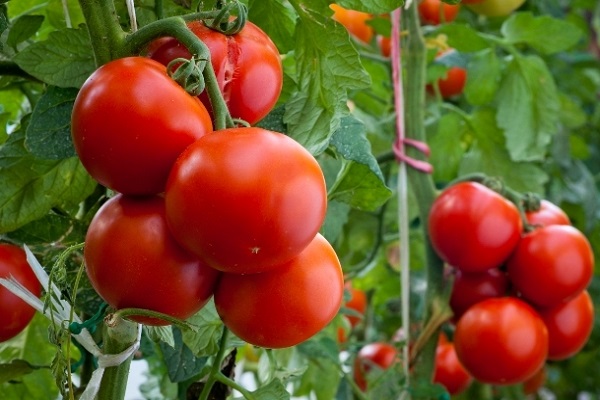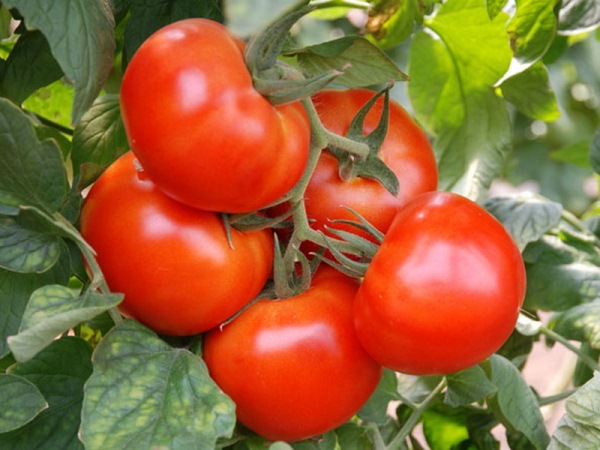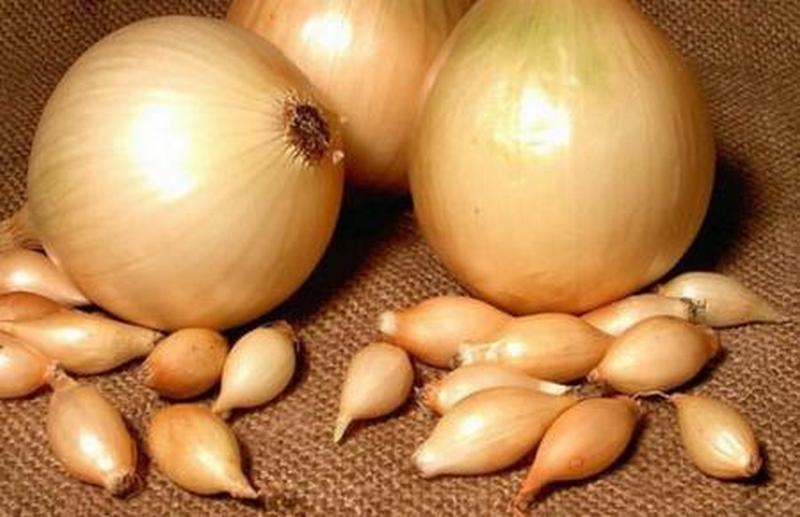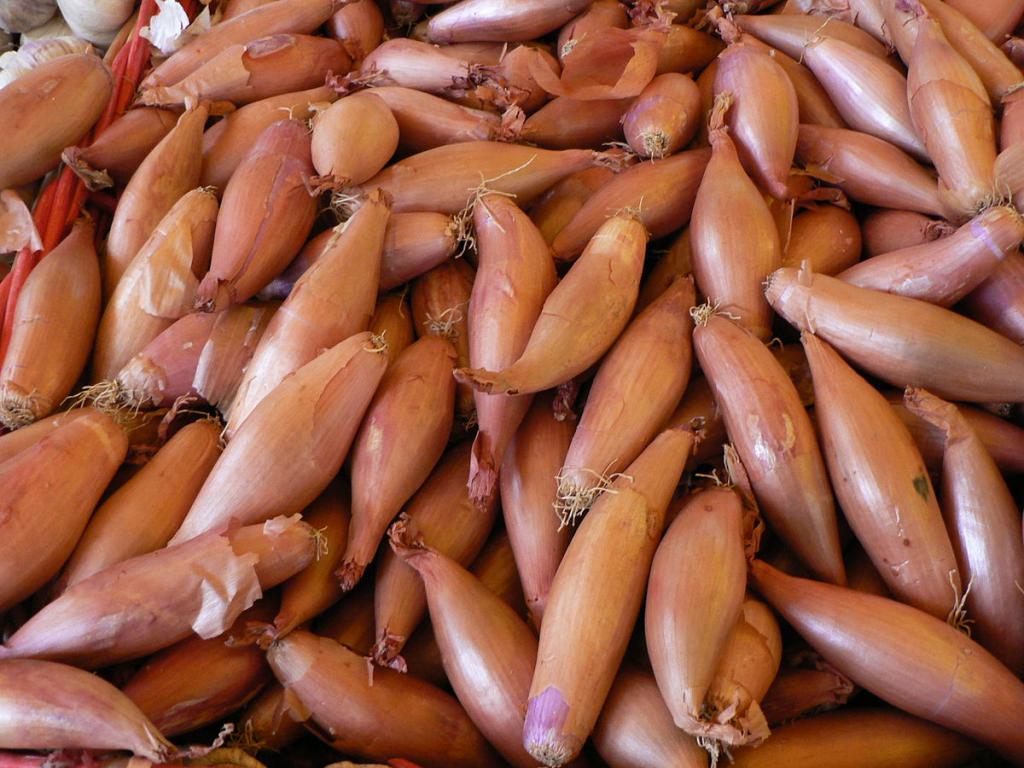Content:
Radish Heat was brought out at the Vitenskaya Experimental Station. Michurin in the middle of the last century. This species is in great demand among gardeners, because does not require much maintenance, and the yield is high.
It is possible to use radishes in cooking everywhere, the pulp is rich, the pungency is there, but it only emphasizes the taste. Varietal radish is suitable both for planting in early spring and for winter sowing.
Quite actively, this variety is used in horticulture and horticulture in order to obtain a large harvest, both in the open field and in the greenhouse.
Radish Heat description of the characteristics of the variety
Radish Heat is early ripening - the growing season is approximately three to four weeks from the time the shoots appear. Its yield is significant - up to three and a half kilos per square meter. The rosette of the plant is spreading, however, there are not many tops with proper cultivation.
Radish is round, scarlet, small - fruit weight 13-30 grams, length - 4-5 centimeters, diameter - 3-3.5 centimeters. The root crop is smooth with a slight sheen. The pulp is dense, however, quite tender, sweet in taste, slightly spicy, when biting off, it emits a slight crunch. The shade of the pulp is light, there are varieties of pinkish color.
The variety is rich in vitamins B and C, folic acid, as well as trace elements such as iron, potassium, magnesium, sodium, calcium, and fiber.
It is appreciated for the fact that it is practically not susceptible to disease, it is resistant to abundant flowering, and it is also distinguished by the fact that it is quite fruitful.
Planting and leaving
Before planting a crop, you need to choose the right place for it. It is best to make a bed in a hot area, where there are no drafts, and the earth is light and loosened. The soil should not be acidic, it should be slightly acidic and neutral. It must be fertilized with humus, ash, it is allowed to water the site with a mullein, ammonia nitrate or universal fertilizer.
Seedlings are planted at any time, however, it is required to take into account the length of the day: it is better if it is at least 13-14 hours. It is best to plant in early spring or August.
In central Russia, April is considered to be the best gardening period for planting. If you plant a root crop in early spring, then you need to start this in mid-April.
Due to the fact that this variety is early, in the spring, so that the soil does not "walk", they first get a harvest of radishes, then it is good to plant tomatoes, potatoes or cabbage on this place.
If you like the variety, you can plant it every three weeks, but you need to change the planting site. When cultivating radishes, it is best to consider what crops have been grown in the area before. It is better not to plant a root crop after similar crops: cabbage, radish or turnip, because pests and diseases can be transmitted through the soil.
The best precursors for planting radishes are cucumbers, tomatoes, potatoes, or beans.
As soon as the vegetable garden is ready for sowing, you need to sort the seeds. To carry out sampling, they are immersed in water, to which salt was previously added. Seeds that go down are the best for sowing. Grains that float on top of the water are harvested. Then the seeds, suitable for planting, are immersed in a special composition with trace elements so that they rise in a short time.
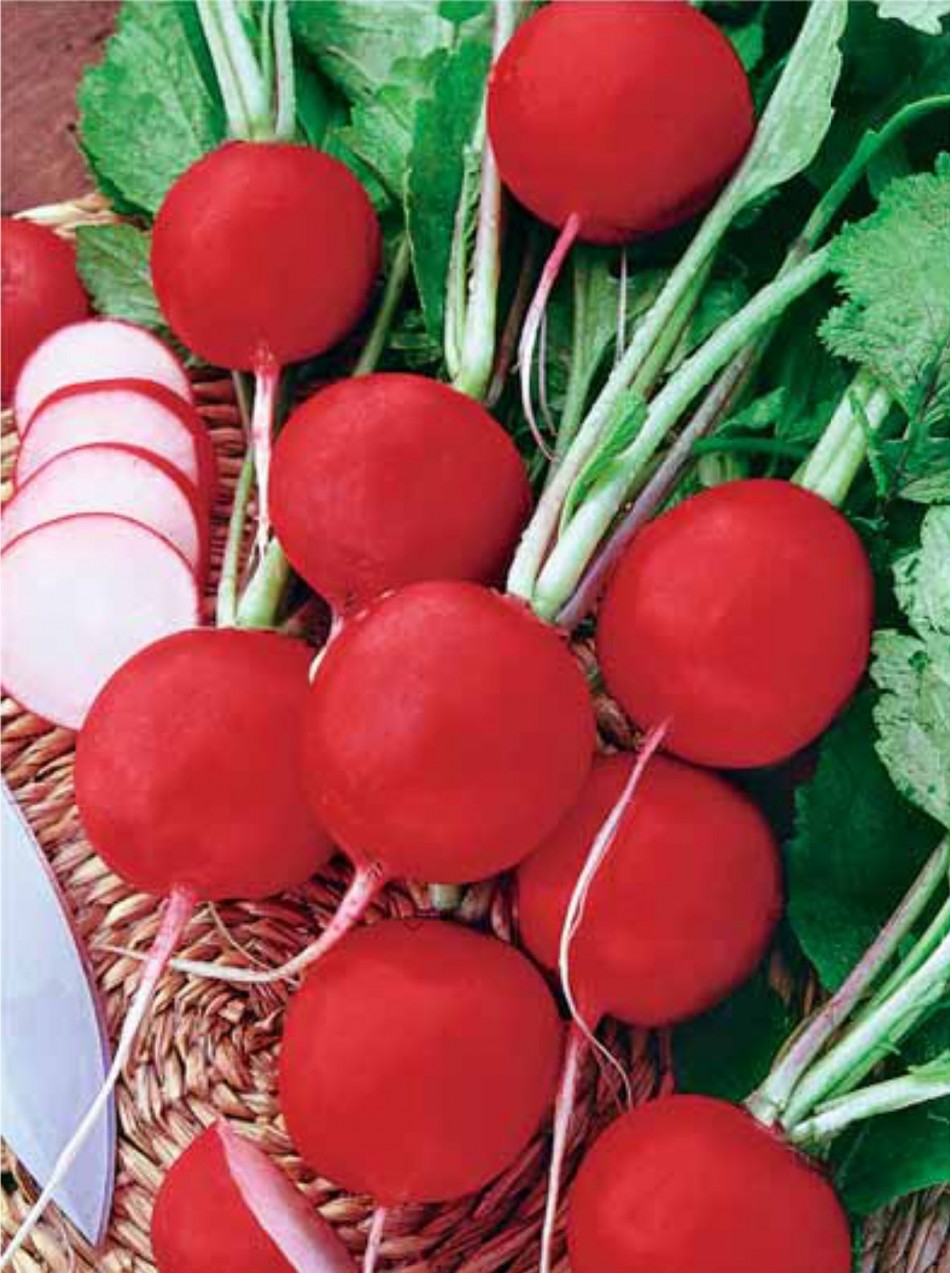
First, they get a harvest of radishes, then it is good to plant tomatoes, potatoes or cabbage on this place
It is required to squeeze the radish into moist soil, therefore, after the planting procedure, it is not necessary to water the garden bed, otherwise the earth will harden.
When the ground is dry, the aisles are watered. As soon as the moisture has saturated the soil, sowing is performed, while the grains are covered with loose earth. Then cover the bed with cellophane or a special cloth to keep the moisture. After sprouting, the film is removed and, if the ground is dry, then the radishes are watered.
Then you need to provide proper care for the plant:
- control soil moisture;
- if a crust has formed, then you need to shed the soil and throw a little earth over the seedlings, as if hilling them;
- you need to thin out radishes, i.e. remove excess plants, maintaining a distance of 20-30 mm between them.
If you grow a radish in fertilized soil, then you do not need to feed it, because her growth period is short.
After the fruits ripen, you need to collect them, then they will be dense and juicy. They are washed, allowed to dry and put in bags, stored in a refrigerator.
How to grow radishes in an open area
Usually, for the cultivation of culture in the garden, the site is prepared in the fall. It is carefully dug up with the introduction of fertilizers and manure into the ground.
To harvest in early spring, it is best to plant the root crop in a warm garden bed. To do this, they dig a trench, put a layer of manure, and on it - a layer of fertilized earth. Then the soil warms up, the roots, being warm, allow the plant to grow and mature quickly.
The grains are placed in grooves, at a distance of 10-15 cm from each other, and sprinkled with soil, about 2 cm thick. The bed is covered to create a greenhouse effect.
After the first shoots appear, it is better not to fertilize, because radish well absorbs everything that is included in the soil.
When planting in summer, it is better to shade radishes from direct sunlight or plant them where there is partial shade. When sowing a root crop before winter, the grains are sprinkled with earth deeper, about 2-3 cm. You can also cover the seeds with mulch from foliage or humus.
How to grow a root vegetable on a windowsill
Amateur gardeners grow radishes in the window not only for fruit, but also for using the foliage to make vitamin salads and soups from it.
The main requirements for obtaining an excellent harvest are good light and temperature conditions. If this is not observed, then the root crop will grow and will be tasteless.
When growing a root crop, if the illumination is weak, you need to supplement it with LED lamps, and the intensity of the illumination must also be taken into account.
Radish seeds are planted in containers more than 15 cm deep. If the plant grows, then the earth needs to be poured. It can be planted in any container: wooden, plastic or ceramic.
Water the culture as the earth dries up, it should not be allowed to dry out. It is best to grow the root crop on a window on the south, east or west side. You can sow right after the New Year, but then auxiliary lighting will be needed.
Advantages and disadvantages of the variety
Any plant variety has its own pros and cons. What are the features of the Zhara radish:
- High productivity. Most often, the harvest is enough even for a very large family.
- Quite often it is planted for implementation. Root crops have an excellent color, they are tasty, they have a presentation even after long transportation.
- In cultivation, the variety is quite simple. No special care is required, just water and loosen the radish.
- The variety is resistant to the formation of cavities in fruits, shooting, significant temperature changes and diseases.
- The pulp is both tasty and healthy.
Gardeners practically do not name the disadvantages of this radish variety. The variety does not tolerate late frosts very well.
Storage time is also a challenge. Because early variety, it is stored for only a few weeks. With large harvests, it is required to prepare a storage space, otherwise the harvest will be lost in two to three weeks.
Where there is a fertilized vegetable garden, radishes will give the opportunity to harvest throughout the summer. This variety can be eaten, both in natural form, and any dishes and salads can be prepared from the root vegetable. You can successfully sell radish on the market, and if you have the necessary documents, you can sell it to supermarkets and factories. The demand for this type of radish is very high due to its benefits and great taste.
